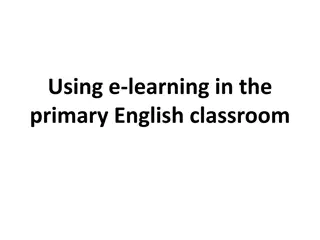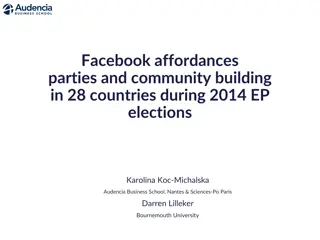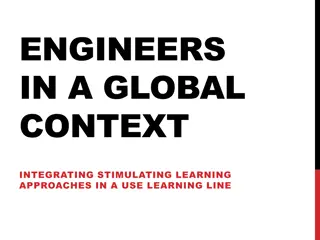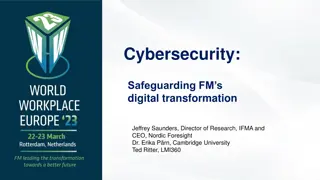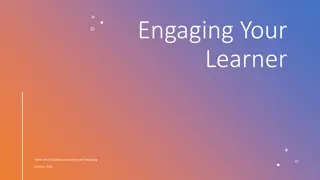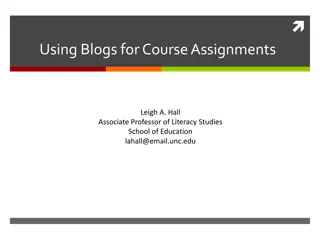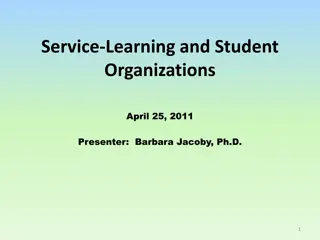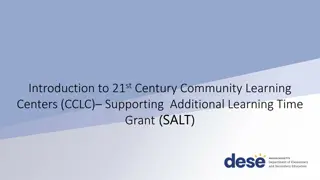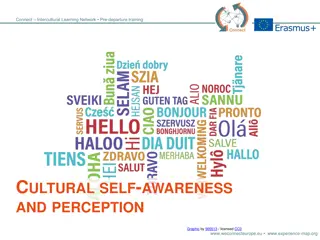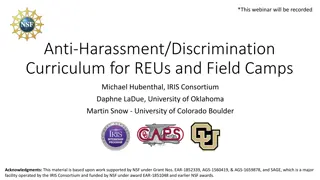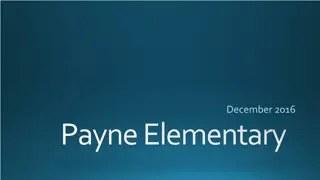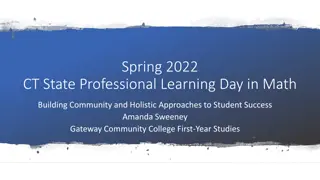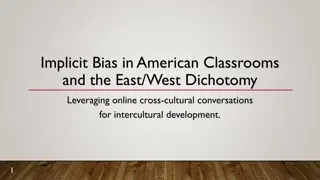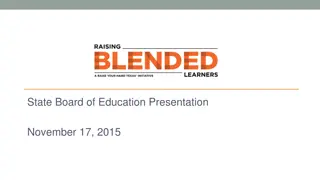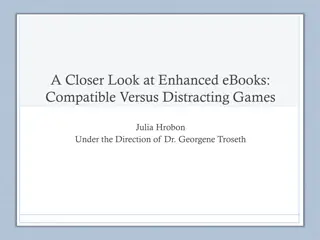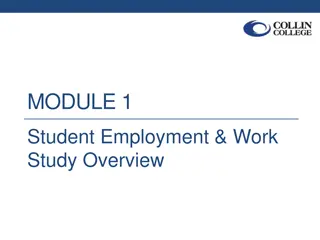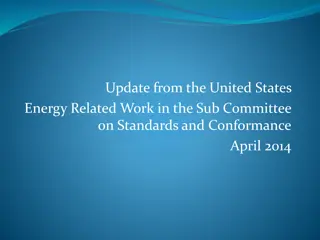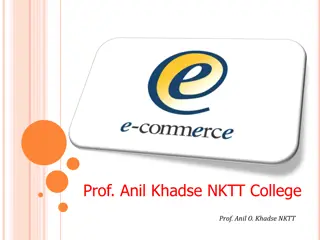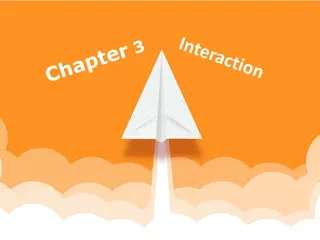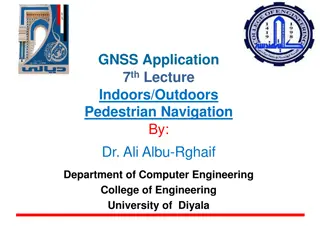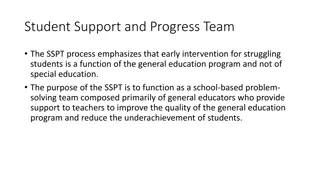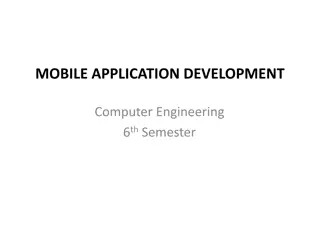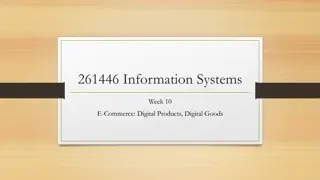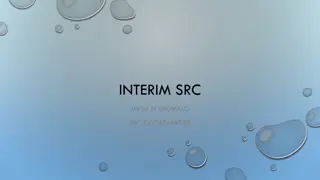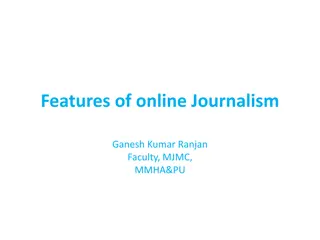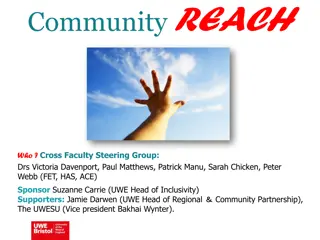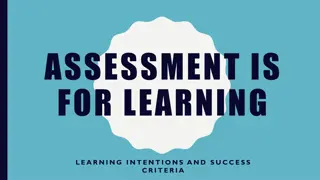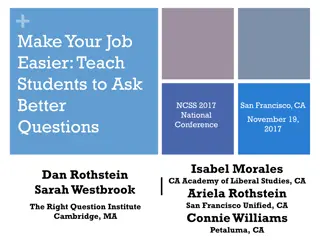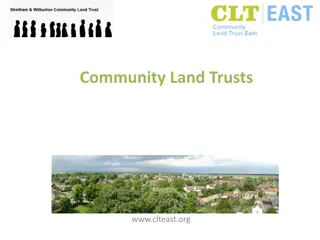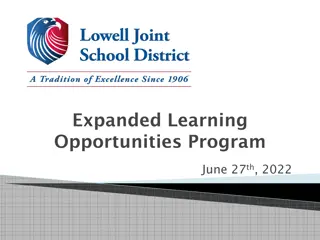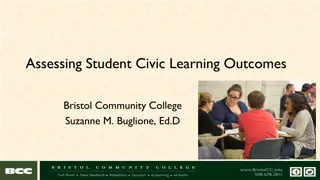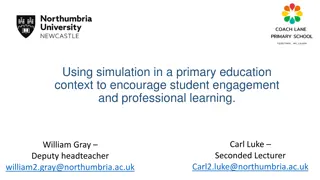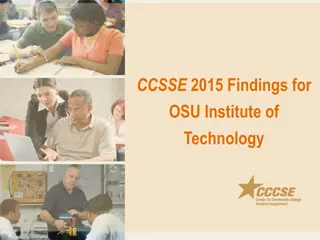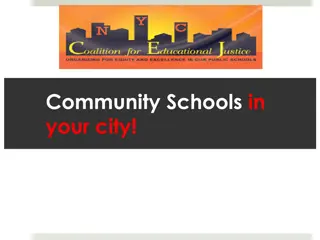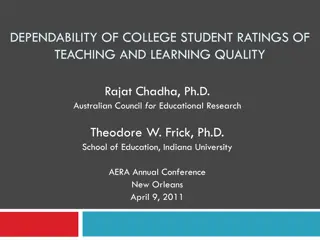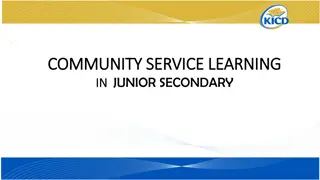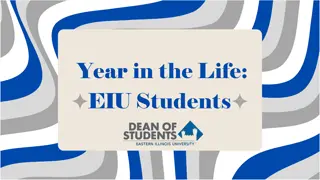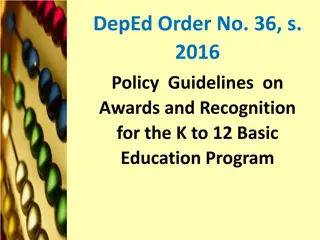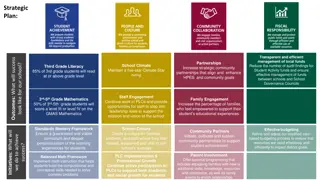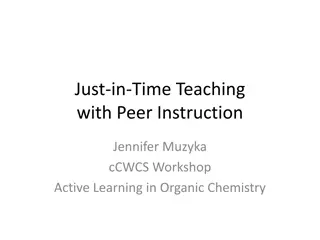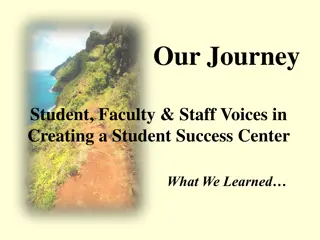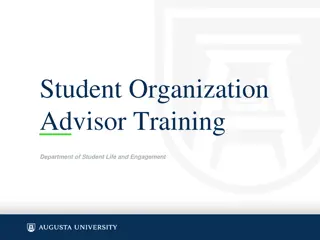Enhancing Learning Through Student Interactivity and Community Building
Explore strategies for creating an engaging classroom environment that fosters student interaction, active learning, and a sense of community. Learn about Quality Matters Standards, key theoretical frameworks, and practical tips to prioritize student interactivity for better learning outcomes.
Download Presentation

Please find below an Image/Link to download the presentation.
The content on the website is provided AS IS for your information and personal use only. It may not be sold, licensed, or shared on other websites without obtaining consent from the author. Download presentation by click this link. If you encounter any issues during the download, it is possible that the publisher has removed the file from their server.
E N D
Presentation Transcript
Bored? Not Anymore! Learning Activities that Rock. Roseann Wolak, Ed.D St. Cloud State University
Quality Matters Standards Standard 1.9 Learners are asked to introduce themselves to the class. Standard 5.2 Learning activities provide opportunities for interactions that support active learning.
Theoretical Framework Community of Inquiry (1997) Transactional Distance Theory (1989) Sense of Community Theory (1986) Social Constructivism (1978) Social Presence Theory (1976)
Interactivity Builds Community A sense of community is directly related to student learning, student success, and student satisfaction. The classroom is a social setting. Students want to feel like they belong; they want to be a part of the group. When students do not feel connected to the class they may stop participating or drop out.
Classroom Community Alfred Rovai (2002) noted that the measurement of classroom community may be affected by variables such as: Instructor Immediacy Instructor Teaching Style Classroom Community Course Design Student Learning
Connectedness and Learning QM Standards 1.9 and 5.2 Based on the research of McMillan and Chavis (1986), Rovai defined two key components of sense of community connectedness and learning. Quality Matters Standards 1.9 and 5.2 also address connectedness and learning .
Prioritize Student Interactivity QM Standards 1.9, 5.2 Interactivity makes the difference; give students opportunities to do activities and share observations. Students learn when they interact with each other and the course content. Let the students do (most of) the work. The more quality time students spend engaged in content, the more of that content they learn. Think variety for learning activities (in-class and out of class).
Class Introductions QM Standard 1.9 Introductions are informal and get students talking to each other. Learners converse about themselves rather than discussing course content. Students are the center of the conversation. This early engagement fosters a sense of community.
Connect with Social Media QM Standard 1.9 Introduce yourself, then connect via: Facebook Skype Google Hangouts Dropbox VoiceThread Create a strong social presence online.
High Impact Learning Activities Do, Experience, Reflect, Share Put students in charge; involve learners in the task; ask them to explore; have them help each other: Student Led Discussions Virtual Tours and Web Quests Peer Review Case Study Analysis Peer Group Problem Solving Wikis, Blogs Role Play and Simulations
Experience History QM Standard 5.2 Learning Objective: Identify turning points in the Civil War and explain how this historical event changed America and its people. Civil War: Link to Gettsyburg Gettysburg: Link to Game Civil War Nurse: Link to Diary
Observe Virtually QM Standard 5.2 Learning Objective: Describe the impact of United States policies on American Indians, particularly in relationships to the land. National Museum of the American Indian: Link to American Indian Stories The West: Link to Campfire Stories Lewis and Clark: Link to National Geographic
Take a Virtual Tour QM Standard 5.2 Learning Objective: Smithsonian: Link to National Museum of Natural History Rome: Link to Colosseum
Reflect and Share QM Standard 5.2 Learning Objective: Students will develop their written voices, diction, and style according to different rhetorical situations. Social Media: Link to Stephen King Wikis/Blogs: Link to Giving Garden
Play a Game QM Standard 5.2 Learning Objective: Demonstrate knowledge of current business practice and theory; identify and address major issues presented by a business problem. Supply Chain: Link to Beer Game
Play a Game QM Standard 5.2 Learning Objective: Global Farming: Link to 3rd World Farmer United Nations: Link to Free Rice PhET: Link to Interactive Sims
Case Study Solving Problems Learning Objectives: Students will apply a theoretical framework to a case study. MIT Sloan: Link to LearningEdge Harvard Business: Link to Case Study
Role Play QM Standard 5.2 Role playing can be used to simulate real-life group work situations and can help learners gain an understanding of a problem or situation. Learners are given a problem, assigned various roles, and tasked to find solutions. Role play generates understanding of people's positions and attitudes, as well as the procedures useful for diagnosing and solving problems.
Role Play/Simulations QM Standard 5.2 Learning Objective: Develop decision making strategies and explore solutions to real-world problems. Blood Type: Link to Blood Typing Game Immunity: Immune Response Disaster Response: Link to Natural Disaster Game
Role Play/Games QM Standard 5.2 Role play/simulation games have been known to offer several benefits in the educational context: engage learners in learning environments increase motivation intensify retention of information improve problem-solving skills (COI Model),
References Garrison, D. R., Anderson, T., & Archer, W. (2001). Critical thinking, cognitive presence, and computer conferencing in distance education. American Journal of Distance Education, 15(1), 7-23. McMillan, D.W.; Chavis, D.M., (1986). Sense of community: A definition and theory . Journal of Community Psychology, 14, 6-23. Moore, M. (1989). Three types of interaction. The American Journal of Distance Education, 3(2), 1-6. Moore, M. (1997). Theory of transactional distance. In D. Keegan (Ed.), Theoretical principles of distance education (pp. 22-38). New York, NY: Routledge. Quality Matters Higher Education Rubric, 5thed. (2014). www.qualitymatters.org. Rovai, A.P. (2002). Building sense of community at a distance. The International Review of Research in Open and Distance Learning. 3(1), http://www.irrodl.org Vygotskii , L. S., & Rieber, R. W. (1997). The collected works of L.S. Vygotsky. New York, NY: Plenum.


